- Joined
- Jan 18, 2009
- Messages
- 3,179
- Reaction score
- 1,393
I am not so sure about your statement
What aren't you sure about?
NASA and Russia behave differently - because of a different point of view.

I am not so sure about your statement
What aren't you sure about?
NASA and Russia behave differently - because of a different point of view.
@Orien
“Well, that's the thing. The Russians don't believe in "self-destruct" systems for dubious reasons”
I think I got thrown by the “For good reason” segment. Meaning I thought YOU were saying YOU thought the Russians had a ”Good reason” to either not employ (or at least DEPLOY) a self destruct On that rocket. my bad, in context I think you meant that since they didn’t prioritize damage to stuff on the ground over added complexity to the rocket, under that (IMO immoral) code of logic, the absence of such safety measures would indeed be logical.
you would have thought they would have learned from estimated 126 dead in the Nedelin explosion, most of them highly trained scientists and technicians.
Was that thing loaded with chalk dust to help see ejection? Either that, or that’s the worst paint bleed I’ve ever seen!
I guess if your rocket is going to die (or in this case, dye), it might as well go out in style!Not my rocket, but yes, the gentleman flying it had a habit of loading in lots of red chalk line powder. The runway was red there for years.



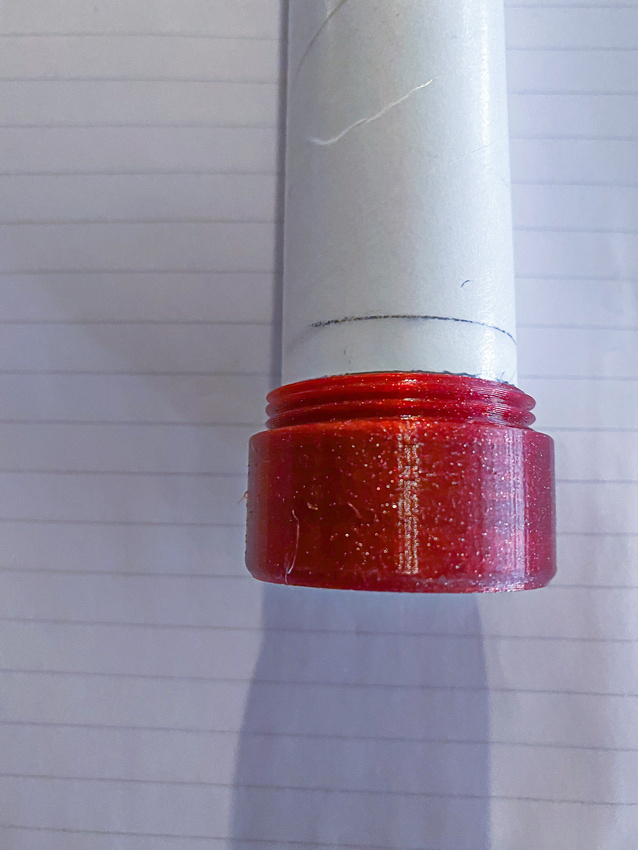
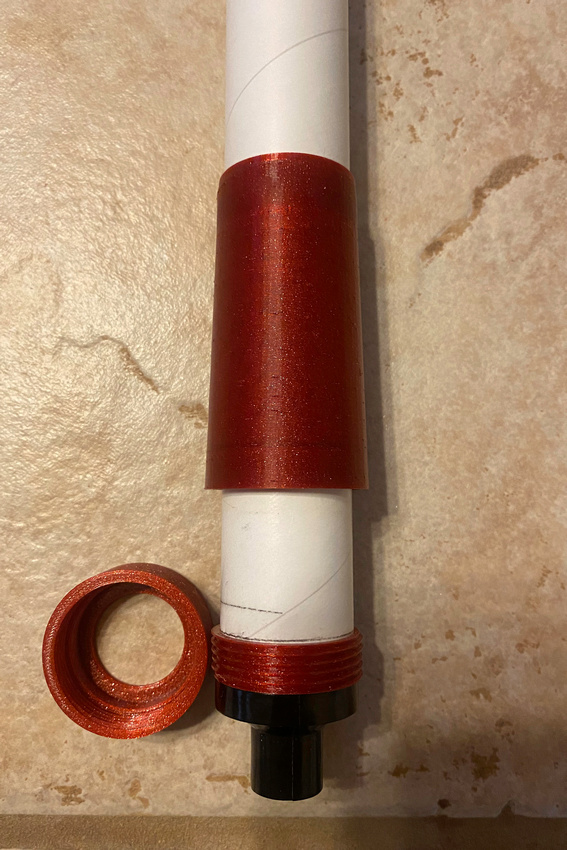
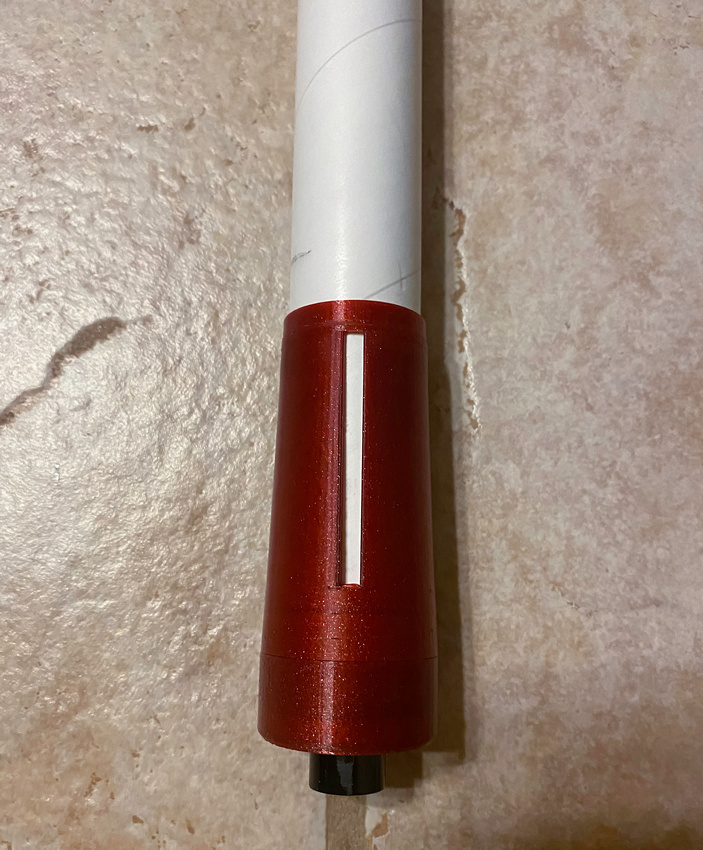
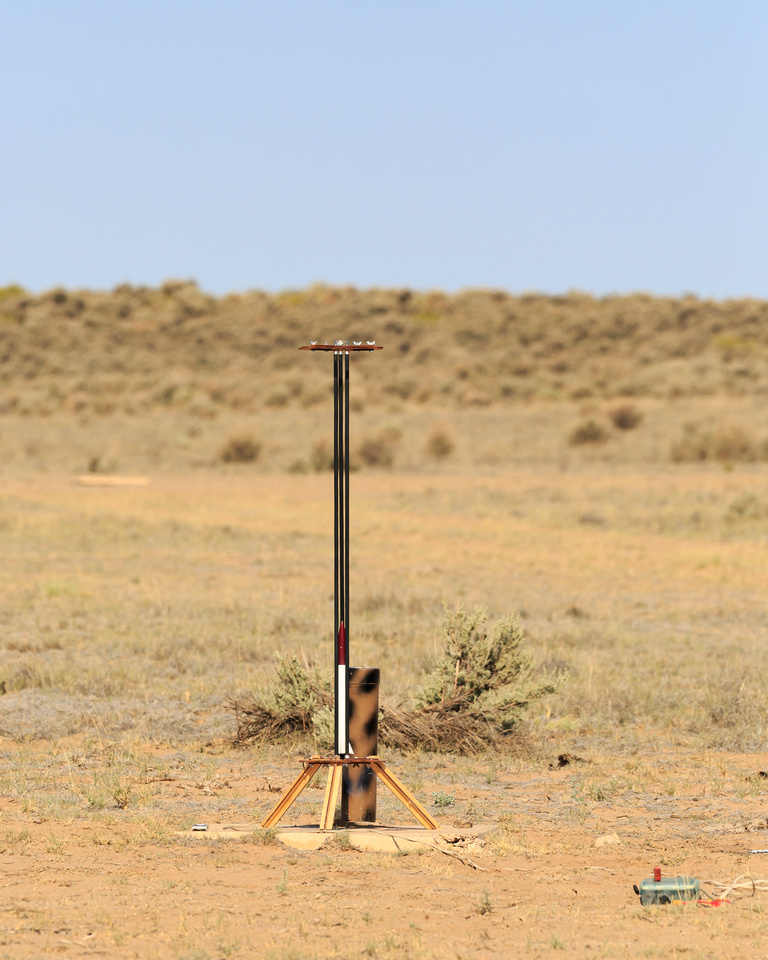
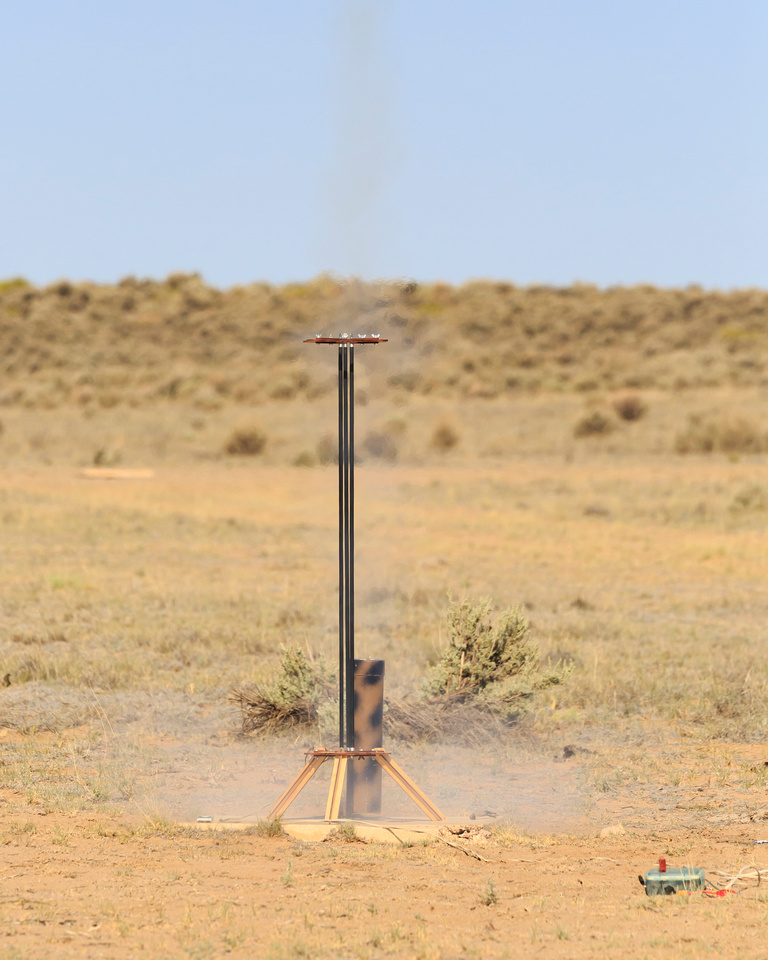
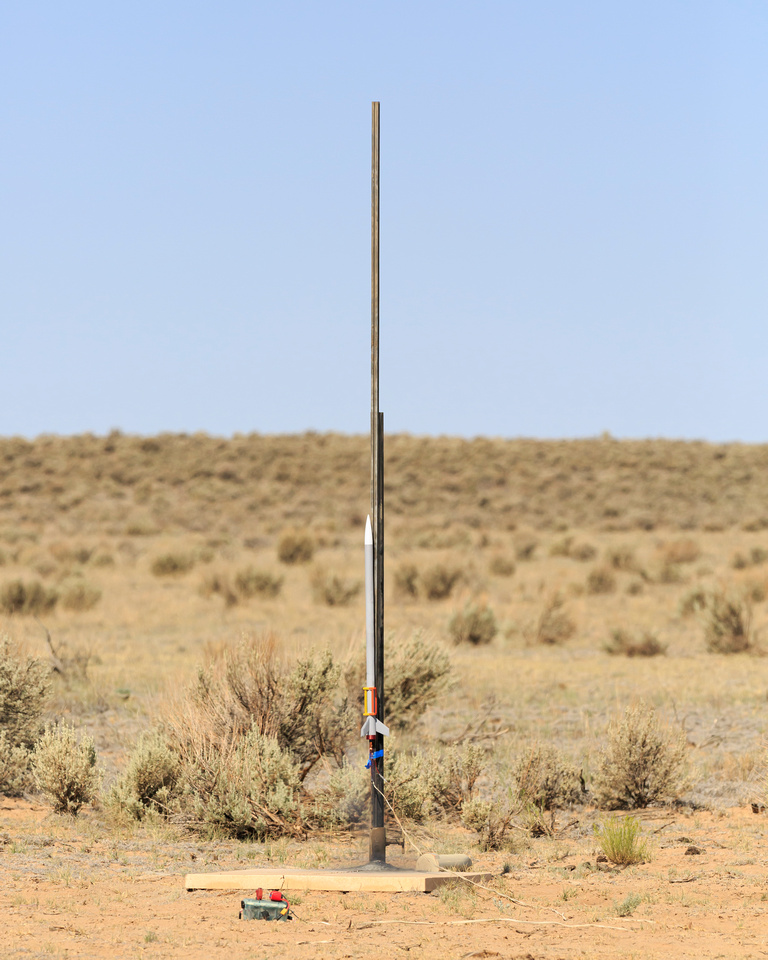

I am not so sure about your statement
from Popular Mechanics
May 2008
https://www.popularmechanics.com/space/a3232/4262479/
Each time the space shuttle rises from its launchpad at Cape Canaveral, Fla., an Air Force officer waits anxiously for the first 2 minutes to pass safely. If the spaceship were to veer off course and endanger a populated area, this range safety officer would bear the terrible responsibility of flipping a pair of switches under a stenciled panel reading "Flight Termination." The first switch arms explosives on the shuttle's two solid rocket boosters. Flipping the second switch would detonate them, destroying the shuttle and crew.
End quote
Different and less reliable source, but I believe is correct, AFTER the Challenger flight became clearly unrecoverable (and also AFTER the boosters were visually confirmed separated from the orbiter itself) the destruct was indeed actually performed.
https://space.stackexchange.com/que...e-shuttle-and-sls-have-a-self-destruct-system
Quote
The shuttle stack broke up at ~73 seconds after launch of STS-51L. The Solid Rocket Boosters separated from the other elements and continued flying in a more or less stable manner (surprisingly). Air Force range safety personnel detonated the boosters at ~110 seconds after launch using the self-destruct system built into the boosters. (timeline reference)
I have not seen any writeups explaining the ~30 second delay to sending the destruct command. Range safety operated using preplanned procedures which included predicted impact of the vehicle on populated areas (see What rocket launch protocols (if any) are in place to prevent premature or late intentional self-destruct? for some details) It may be that the flight termination lines were not crossed until then, or possibly the procedures did not cover the case of two free-flying stable SRBs, requiring some human judgment.

Enter your email address to join: